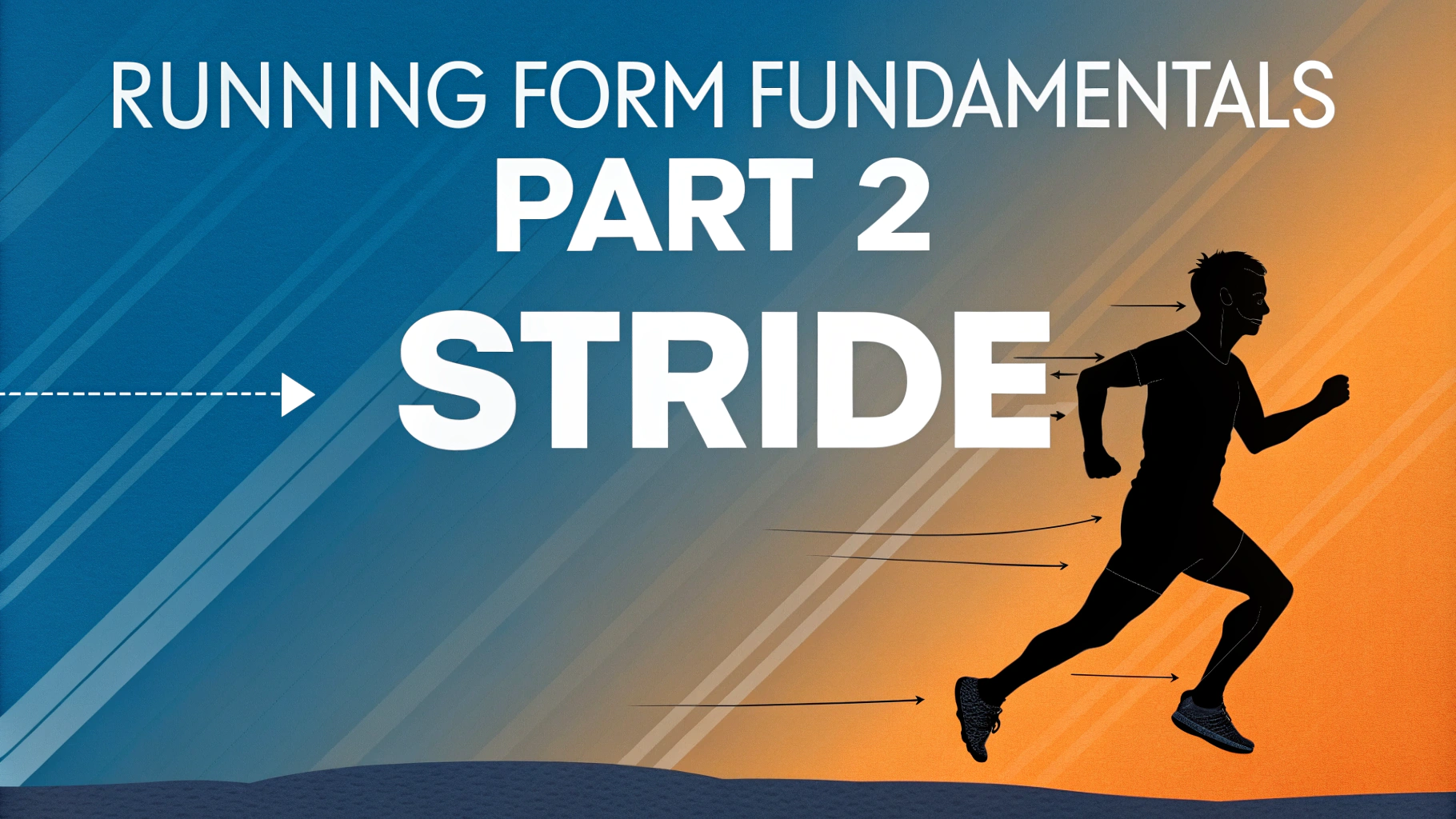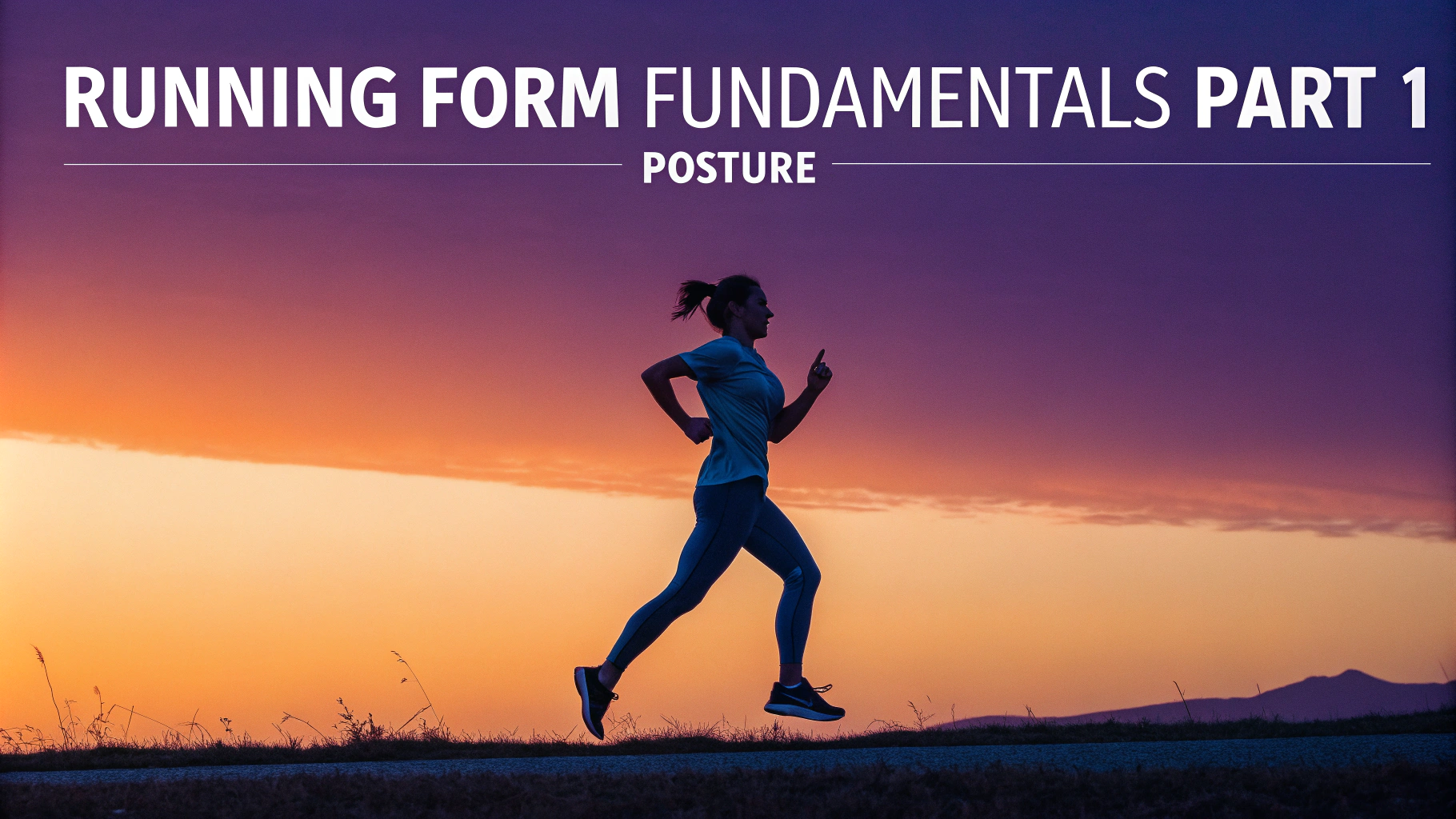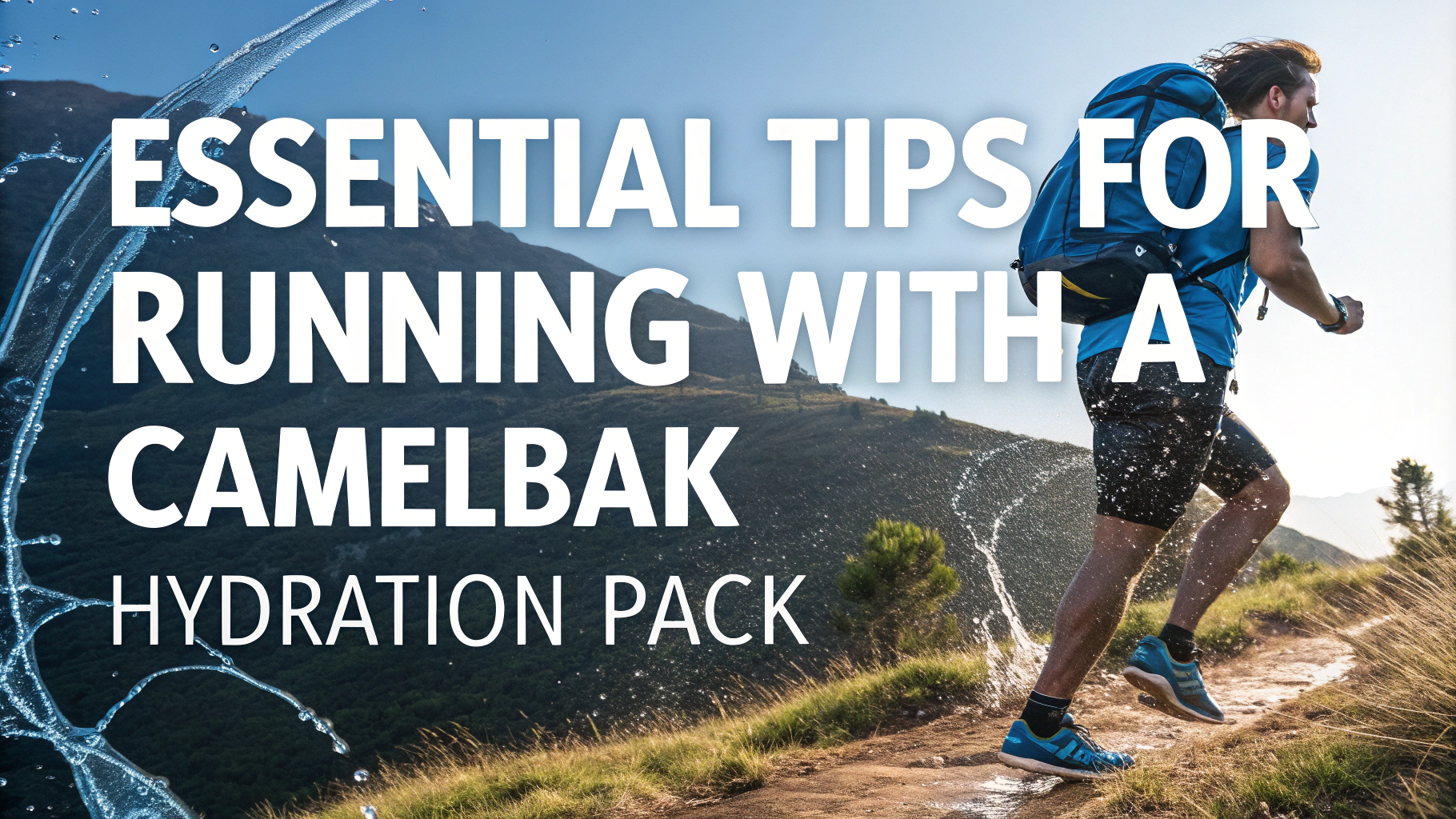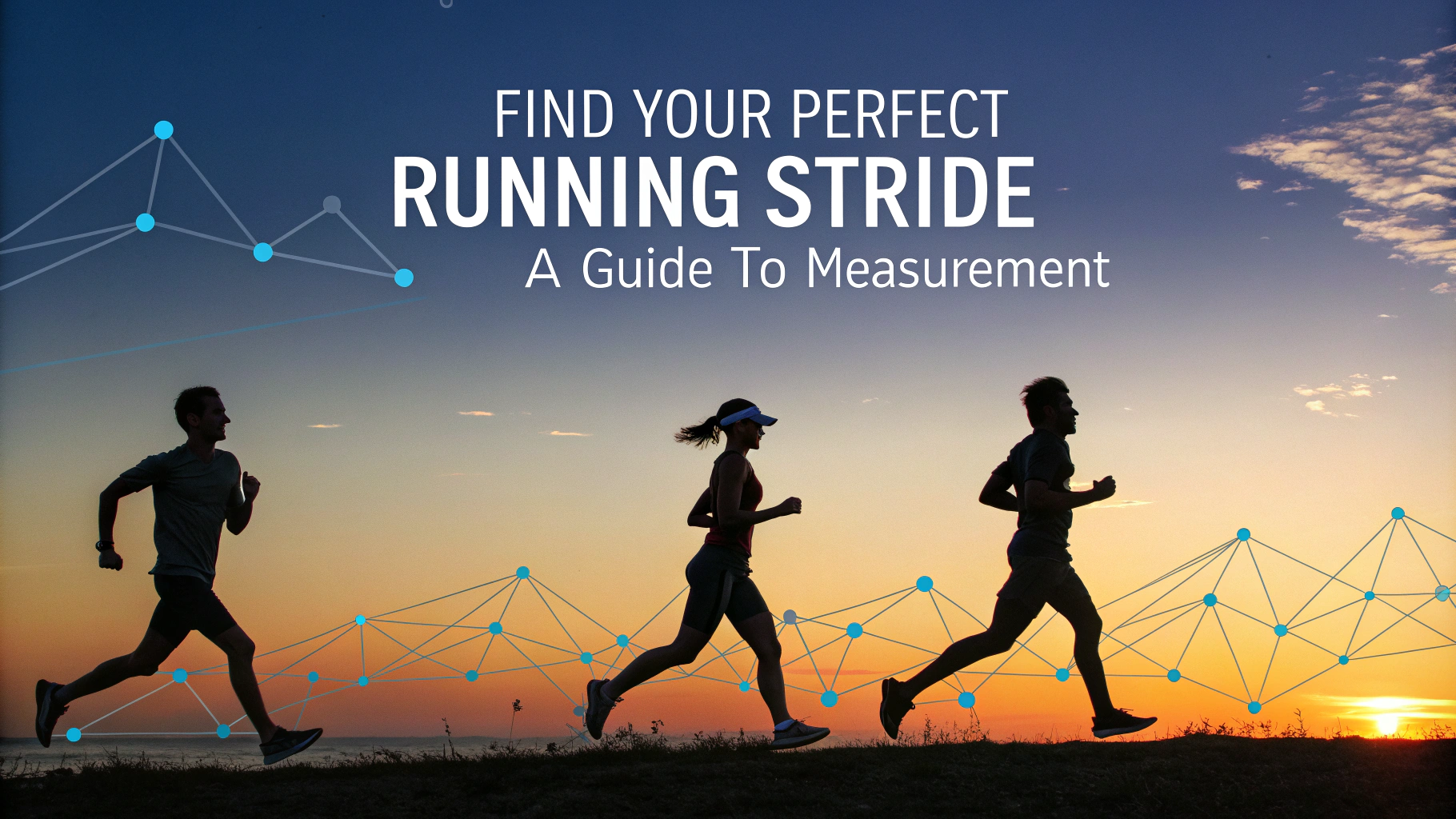Starting a running routine can transform your fitness journey, and this quick guide will help you take those first steps safely and effectively.
Getting Started with Running
Before lacing up your shoes, check with your doctor if you have any existing health conditions or haven’t exercised in a while.
Essential Gear
- Running shoes – Visit a specialty running store for proper fitting (typically $80-150)
- Moisture-wicking clothes – Avoid cotton which holds sweat
- Sports socks – Look for blister-preventing materials
Your First Week Plan
| Day | Activity |
|---|---|
| 1 | Walk 20 minutes |
| 3 | Walk 15 min, alternate 1 min run/2 min walk for 15 min |
| 5 | Repeat Day 3 routine |
| 7 | Walk 10 min, alternate 2 min run/2 min walk for 20 min |
Quick Tips for Beginners
- Start slower than you think necessary
- Breathe naturally – if you’re gasping, slow down
- Keep your head up and shoulders relaxed
- Land midfoot, not on your heels
- Take short, light steps
Common Mistakes to Avoid
- Running too fast too soon
- Skipping rest days
- Not staying hydrated
- Wearing old or improper shoes
When to Run
- Morning: Cooler temperatures, fewer distractions
- Evening: Muscles are warmed up, but watch for reduced visibility
- Midday: Only if weather permits, avoid peak heat hours
Track your progress using free apps like Strava, Nike Run Club, or MapMyRun.
Join local running groups through platforms like Meetup or check with nearby running stores for group runs.
Safety First
- Run against traffic on roads
- Wear reflective gear in low light
- Carry ID and phone
- Tell someone your planned route
Remember that rest is just as important as running – take at least one full day off between runs as a beginner.
Progressing Your Running Journey
Moving Beyond Week One
- Gradually increase running intervals by 1 minute each week
- Add one extra session every 2-3 weeks
- Aim for 3-4 running sessions per week
- Listen to your body and adjust as needed
Building Endurance
| Week | Target Goal |
|---|---|
| 2-3 | Run 5 minutes continuously |
| 4-5 | Run 10 minutes continuously |
| 6-8 | Run 20 minutes continuously |
Cross-Training Activities
- Swimming – Low-impact cardio
- Cycling – Builds leg strength
- Yoga – Improves flexibility and recovery
- Strength training – Prevents injuries and improves form
Conclusion
Success in running comes from consistency and patience. Focus on gradual progress, proper form, and listening to your body. Remember that every runner started exactly where you are now. Whether your goal is running a 5K or simply improving your fitness, following these guidelines will help you build a sustainable running habit that can last a lifetime.
Next Steps
- Set a realistic goal for your first milestone (like a 5K)
- Keep a running log to track progress
- Consider joining a local running club
- Schedule regular check-ins with your goals every month
FAQs
1. What are the essential items I need to start running as a beginner?
A good pair of running shoes fitted to your gait, moisture-wicking clothes, and comfortable socks are the basics. A sports watch or smartphone app can help track your progress.
2. How should I start running if I’ve never run before?
Begin with a walk-run method: alternate between 1-2 minutes of running and 1-2 minutes of walking for 20 minutes total. Gradually increase the running intervals as your fitness improves.
3. How often should I run as a beginner?
Start with 2-3 runs per week with rest days in between. This allows proper recovery and reduces the risk of injury while building your base fitness level.
4. What is the proper running form for beginners?
Keep your head up, shoulders relaxed, arms at 90 degrees, and land midfoot. Maintain a slight forward lean and take short, light steps rather than long strides.
5. How do I prevent common running injuries when starting out?
Follow the 10% rule – don’t increase weekly mileage by more than 10%, warm up properly, wear appropriate shoes, and listen to your body when it needs rest.
6. What’s the best breathing technique for beginning runners?
Start with rhythmic breathing, matching your breath to your footsteps. Many beginners find success with a 2:2 pattern (inhale for two steps, exhale for two steps).
7. How fast should I run as a beginner?
Run at a conversational pace where you can speak in complete sentences. If you’re breathing too hard to talk, you’re running too fast.
8. Should I eat before my first runs, and if so, what and when?
Eat a light meal 2-3 hours before running or a small snack 30 minutes before. Choose easily digestible carbohydrates like a banana or toast.
9. How do I stay motivated when starting a running routine?
Set realistic goals, track your progress, join a running group or find a running buddy, and reward yourself for meeting milestones.
10. When should I replace my running shoes?
Replace running shoes every 400-500 miles or when you notice significant wear on the soles. Most runners need new shoes every 4-6 months, depending on mileage.










